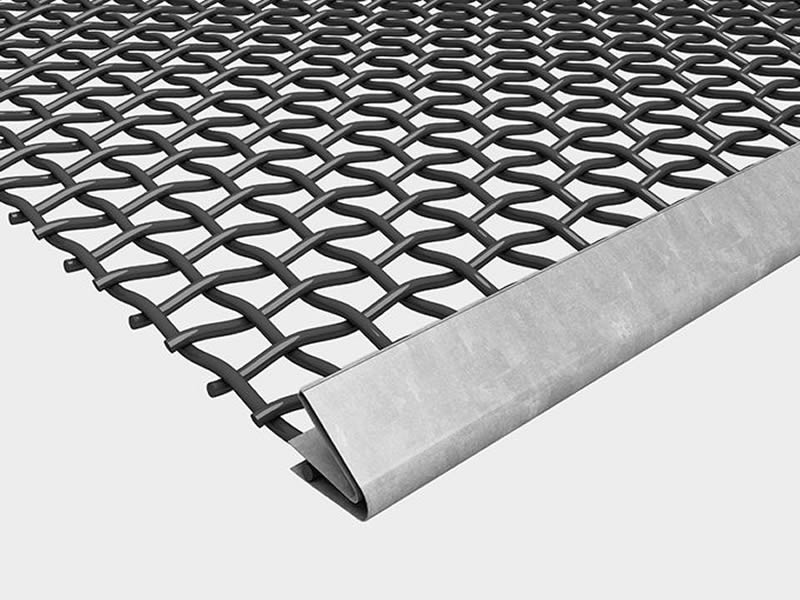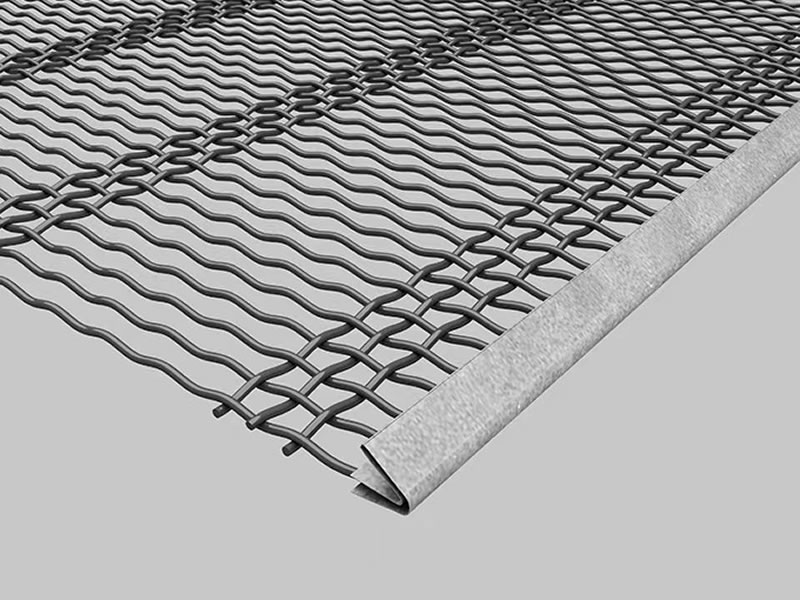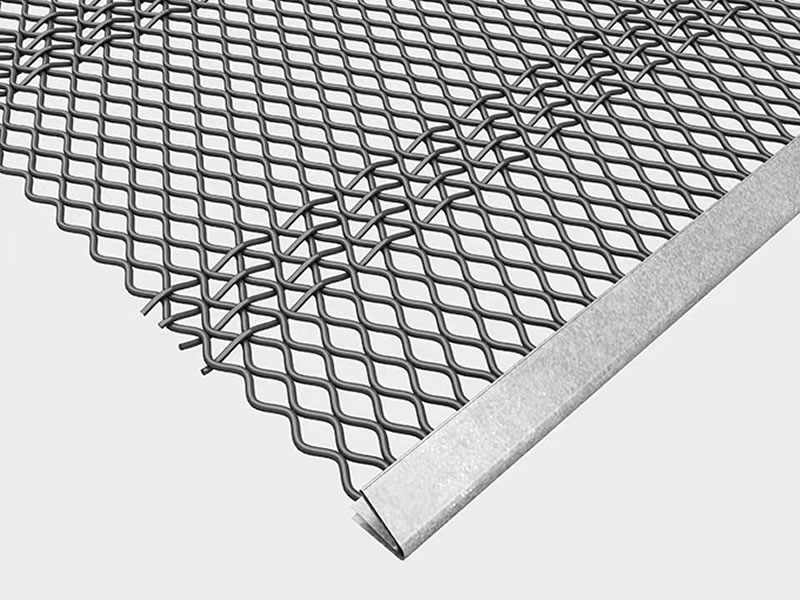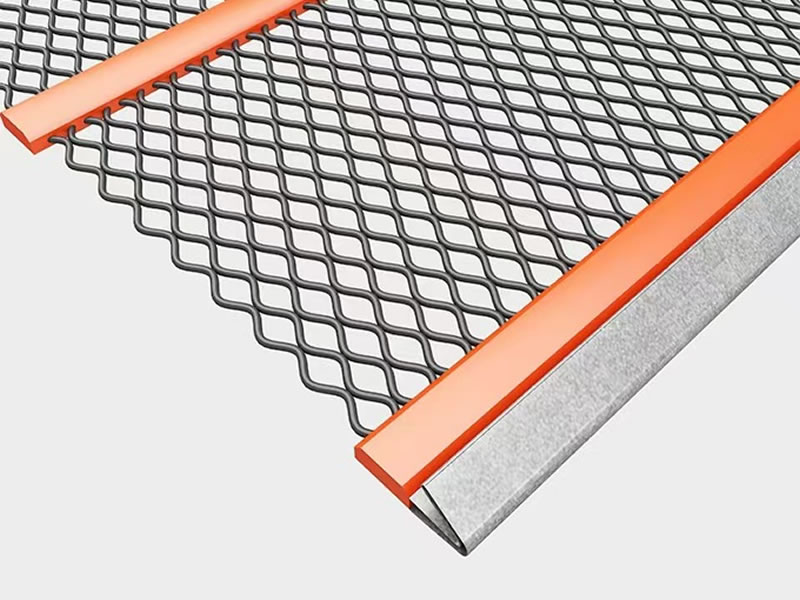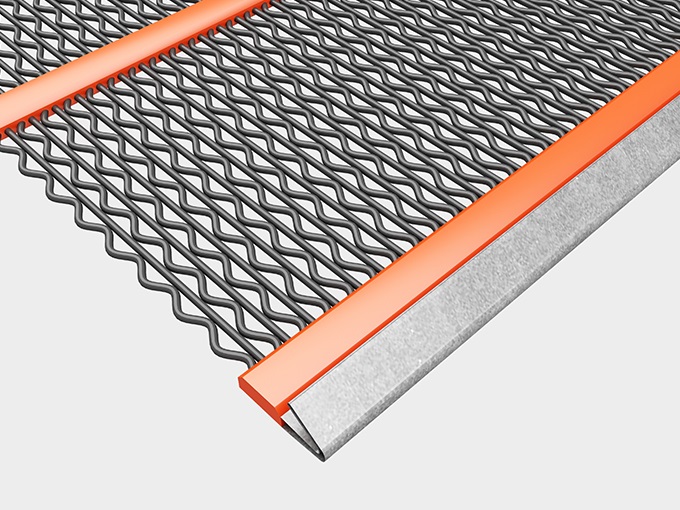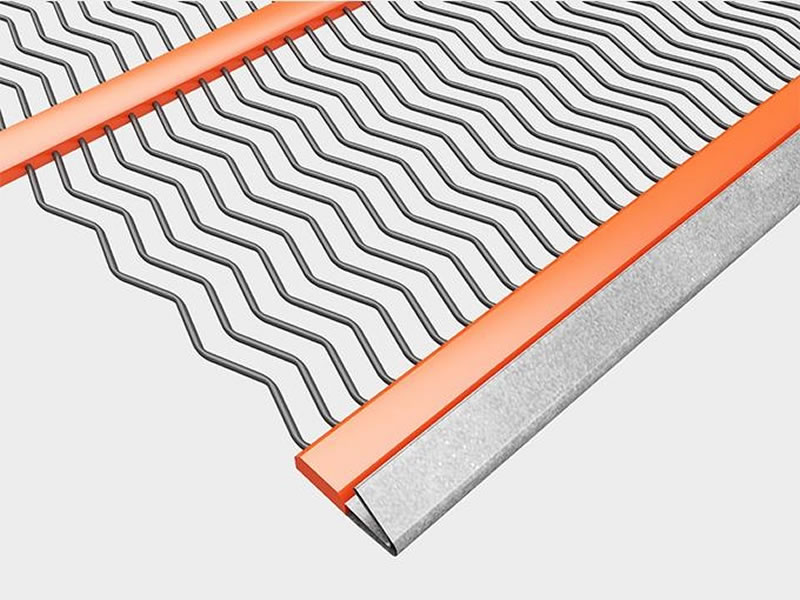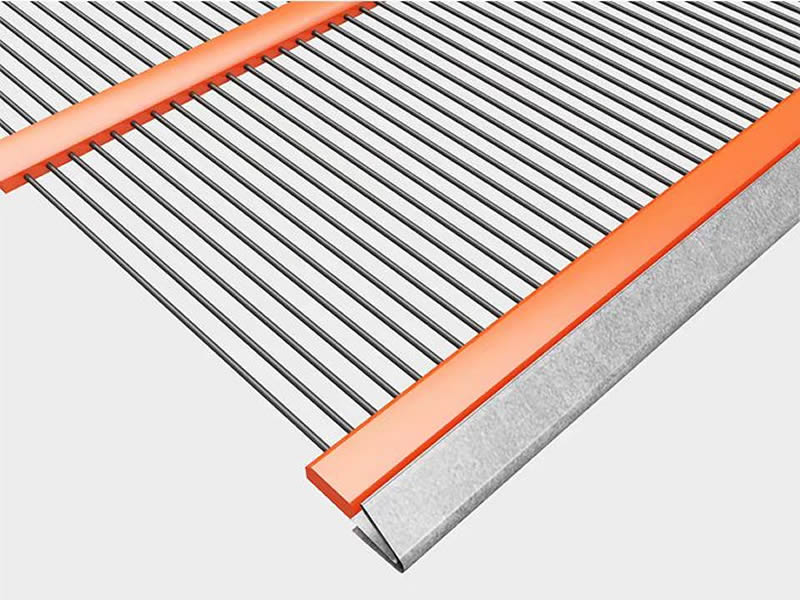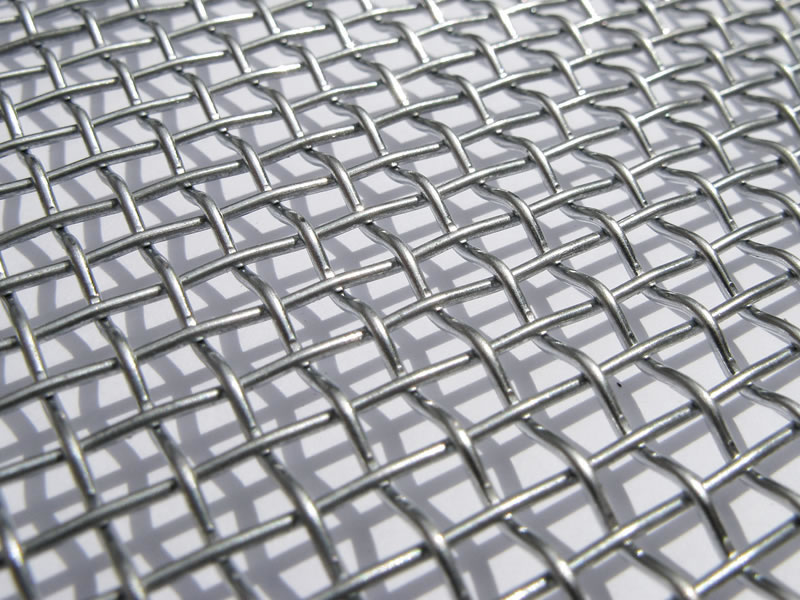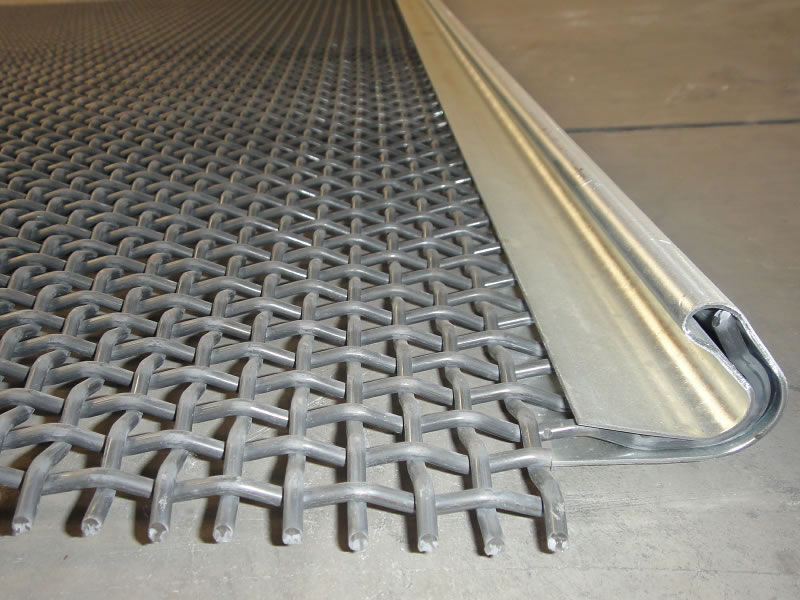1. Inspect all clamping bars for corrosion and wear.
Make sure bars are not warped or worn to the point that they cannot provide even, tight tension
2. Inspect all nuts and bolts.
Replace all worn or stripped par ts in the screen assembly
3. Maintain suppor t deck.
Remove channel rubber to inspect steel bars for wear, high and low spots for bar breakag Suppor t area must be uniform to ensure an even and tight fit
4. Change Out channel rubber frequently.
Changing channel rubber is recommended ever y time, or at least ever y other time, the screen is replaced Remember that channel rubber will wear from the bottom up, as well as from the top down. Check both sides Mixing channel rubber sizes or styles such as flat-top and round-top on the same deck will result in improper ten-sioning
5. Check cushion and spread of material feed.
Cushioning of feed to the screen deck is essential to max-imizing screen life. Use feed plates or stone boxes so that materials do not hit the wire cloth directly For maximum screen life and production, material should be spread out to feed evenly over the entire screening sur-face. This also reduces uneven equipment wear as the vi-brator is operating in a more balanced condition
6. Inspect equipment for proper operation (balance and vibration).
An unbalanced machine can cause premature wire cloth failure Equipment with a violent, uneven vibrating motion will cause stresses in the screen, causing premature failure of the screen cloth. The cloth may actually break apar t Correct the unbalanced condition before continuing the screening operation.

